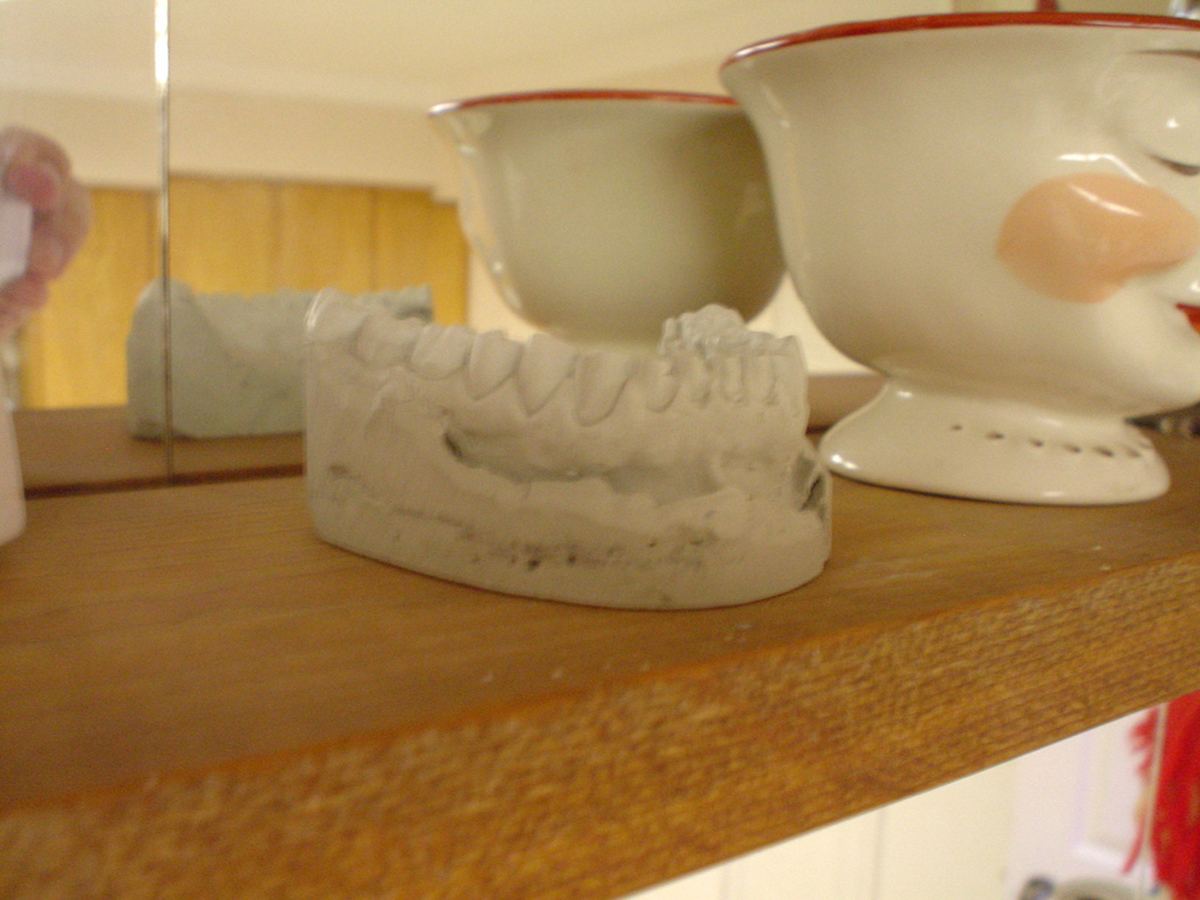Table of Contents
Aligners: Possible Drawbacks And Disadvantages
The biggest disadvantage with these retainers is that all the aligners are pre-fabricated on the basis of a computer model. This model of manufacture presumes that the teeth will move to a certain point after wearing one set of aligners, but reality can sometimes differ from the prediction. A small error in movement in the first few aligners will magnify itself manyfold over the course of the treatment.
What's more, the doctor does not have the option of recalibrating the treatment plan as is possible with fixed orthodontic braces.

The other big drawback — for doctor and patient alike — is that the patient is responsible for wearing the aligners, while the doctor is responsible for achieving a satisfactory end result! There is nothing that a doctor can do to ensure full patient compliance, like with fixed braces (where the patient has no option but to wear them!).
Aligners are also extremely expensive as compared to traditional braces.
Keep in mind that sometimes, even after the entire treatment with aligners has been followed through with proper diligence and the correct time frames, the end result still may not be exactly as you had hoped and some amount of finishing might be required with the use of fixed orthodontic braces.
Dental Veneers: Straightening Without Straightening
Dental veneers are without a doubt the quickest way to correct minor malocclusions with the front teeth. Veneers are like the façade of Hollywood buildings. They require a minimum of tooth preparations, avoid root canals completely and give the appearance of perfectly aligned teeth.
It is not a bad option and might be the only solution in some cases, however it does not have the scope to treat many conditions that require orthodontic intervention.
What About Crowns?
Some dentists do give into their patients' demands and try and correct major malocclusions with the help of intentional root canals followed by major tooth preparation. This will rarely have a good outcome, and falls in the grey area of ethical practice. Treatment protocols all over the world are shifting towards a more conservative approach and with a focus on providing the maximum benefit with the minimum treatement.
Lingual Braces
While these are technically fixed orthodontic braces, they should be mentioned since they are almost invisible to other observers. Most patients are not aware of the existence of lingual braces and their main problem with getting braces is aesthetic rather than the long treatment span or physical discomfort.
READ How Much Do Veneers Cost? (And What Else Should You Know About Cosmetic Veneers?)
If however, those are some things that you want to avoid then this is not the option for you. Being a lot more technique-sensitive than regular braces, lingual braces take the same amount of time (maybe even a little longer) and are pretty uncomfortable to get used to. The tongue constantly keeps hitting against the brackets and maintaining hygiene is also a difficult task.
- Photo courtesy of Photographing Travis via Flickr: www.flickr.com/photos/photographingtravis/16658886139
- Photo courtesy of Zak Greant via Flickr: www.flickr.com/photos/zak/138741452
- 1. http://www.invisalign.com/how-invisalign-works
- 2. http://www.webmd.com/oral-health/guide/veneers
- 3. http://www.colgate.com/en/us/oc/oral-health/cosmetic-dentistry/adult-orthodontics/article/sw-281474979294614


Your thoughts on this